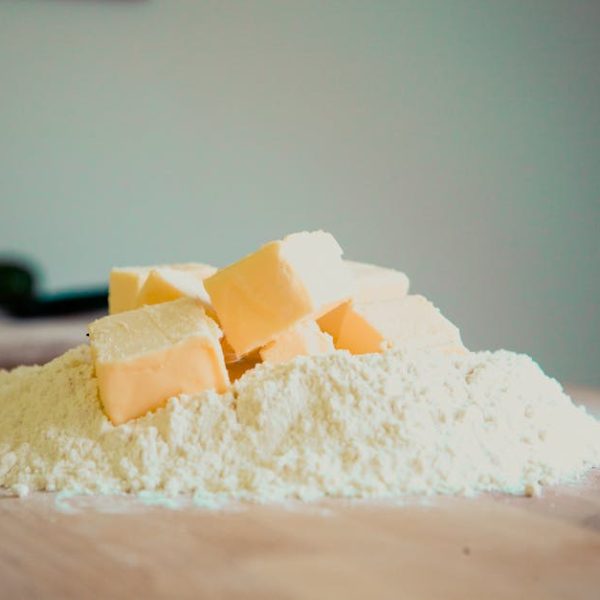If you’re a lover of cured meats, understanding the basics of salami preservation can greatly enhance the quality and taste of your favorite deli items. Often consumed sliced and served on sandwiches, cheese plates, or as a pizza topping, proper storage of salami can maintain its appealing flavor and texture, while improper methods can lead to spoilage. This article will introduce you to the best practices for storing salami and help you avoid common mistakes.
Understanding Salami: Types and Preservation Needs
Salami, an umbrella term, accommodating a variety of cured sausages, has a distinct preservation need depending on the type. Fresh, cooked, and dry salami each require a unique approach. Fresh salami, like bratwurst, should be kept refrigerated and cooked thoroughly before consumption, while cooked salami, such as mortadella, comes pre-cooked and simply needs refrigeration. However, dry salami, like a typical Italian or Spanish salami, can be stored at room temperature prior to opening, but should be refrigerated after.
Understanding these variations is crucial, as each type has different needs due to the preparation methods and ingredients used. Tailoring storage practices to the specific type of salami you have will ensure optimal flavor and longevity.
The Role of Temperature in Salami Preservation
Consistent temperature is a pivotal factor in salami preservation. For dry and cured salami, a consistent cool temperature, typically between 50 and 60°F (10-15°C), reflects the conditions in which it was initially cured and dried. This helps maintain its taste and texture. However, post-opening, most salami types benefit from refrigeration, typically at under 40°F (4°C), to slow the growth of spoilage bacteria.
This is why fridges and cellars are common go-to places for salami storage; they offer a cool and steady temperature, essential to prevent fat rancidity and mold growth.
Moisture and Air Circulation: Key Factors for Salami Storage
Aside from temperature, the control of moisture levels and air circulation plays an integral part in salami preservation. Too much humidity might foster mold growth, while inadequate air circulation can lead to moisture build-up, altering the texture and taste of the meat.
To maintain your salami’s ideal state, it is crucial to balance an environment with just enough moisture to prevent the salami from drying out, alongside sufficient air circulation to keep it cool and ward off bacteria.
Proper Handling Pre and Post Cutting for Storage Efficiency
The way you handle your salami fascinatingly affects its shelf life. Keeping salami whole can be advantageous as it protects the inner portion from exposure to air and potential contaminants, prolonging its life. Once you’ve cut into your salami, its storage needs change slightly. Larger chunks can be left wrapped in wax or parchment paper, while thinly sliced pieces should be used immediately, if possible, or packed in airtight containers to prevent drying.
Cleaning your cutting tools before and after use is also a vital practice to prevent contamination and spoilage.
Signs of Improper Salami Preservation and How to Prevent Them
Recognizing signs of improper storage can assist you in avoiding health hazards and appreciating when your salami is still good. Visual signs include excessive mold growth and discoloration, while smell and taste can also indicate spoilage. A dry, crumbly texture is typically a sign of a salami that’s been stored in too dry of an environment.
Taking preventative measures, such as keeping a constant optimal temperature and cleaning storage and cutting tools regularly, can stop these issues before they begin. Regularly checking your stored salami can assist in spotting early signs of spoilage and preventing wastage.
Properly preserving your favorite salami is not as tricky as it seems. It takes understanding the type you’re working with, maintaining optimal storage conditions, and regular checking to make sure it’s staying fresh. With these easy tips, you’ll be able to extend the life of your cured meats and enhance your culinary experiences.
Key Takeaway:
- There are different types of salami, each requiring unique preservation needs primarily contingent on their respective preparation methods and ingredients.
- Temperature consistency plays a crucial role in salami preservation, with dry and cured salamis thriving under cool temperatures of between 50 and 60°F. Post-opening, most salamis require refrigeration, typically at under 40°F.
- Moisture control and efficient air circulation are pivotal with too much humidity leading to mold growth and inadequate air circulation leading to moisture build-up, altering the salami’s taste and texture.
- Salami preservation begins with handling, whereby whole salami lasts longer. Once cut, storage needs change, with thicker pieces requiring wrapping in wax or parchment paper and thin slices needing immediate consumption or storage in airtight containers.
- Prevention measures such as regular checks, maintaining optimal storage conditions, and ensuring the cleanliness of storage and cutting tools can mitigate salami spoilage.
Preserving your delectable salami isn’t that complicated once you understand the type you’re dealing with and the right preservation methods. Maintain optimal storage conditions, check regularly, and ensure cleanliness to savor the taste of fresh-cut salami whenever you desire!
FAQs
Q: Can I freeze my salami if I want it to last longer?
A: Yes, you can, but it might affect the texture of the salami slightly. It’s a good option if you can’t consume it before the expiration date.
Q: How can I tell if my dry or cured salami is safe to consume after leaving it at room temperature?
A: If the salami doesn’t show signs of excessive mold growth or discoloration, it doesn’t emit an odd smell and maintains its texture, it is still likely safe to consume.
Q: Does the type of salami affect the risk of spoilage?
A: Yes, different methods of preparation and ingredients used in various types of salami require unique preservation methods, thus influencing the shelf-life of each.
Q: Apart from the refrigerator or cellar, are there other options for salami storage?
A: Yes, you could use a cool cupboard or pantry. The crucial factor is maintaining a consistent, cool temperature to prevent spoilage.
Q: Are there any health risks associated with consuming spoiled salami?
A: Yes, consuming spoiled salami could potentially lead to food poisoning symptoms like nausea, vomiting, or diarrhea. Always ensure your salami is properly preserved before consuming.
Feel free to share this article and explore more informative posts on our website.






